Pretty Sick
Life with Invisible Illness.
This newsletter is a reader-supported publication. If you find value in this work, please consider becoming a paid subscriber. For the cost of a latte, paid subscriptions are the fuel that keeps me doing this work. Thank you for your support!
Hey There RDG Readers!
I want to say it’s amazing to still have over two times the average newsletter open rate. It’s truly an honor.
It’s read across the world too from the UK to Australia with subscribers in Pakistan, Madagascar, Chile and Ethiopia. I’m so happy you’re here.
This week I want to dig into Invisible Illness.
In the photo above, even I don’t know how sick I am. This happy lady will soon be fighting for her life again in a hospital, needing an emergency surgery.
The pain in my abdomen was tolerable when you’re a tough beast like me.
I remember feeling a bit foolish - like how could I not have known I was so sick?
But when you have an invisible illness, your baseline isn’t the same. You carry around so much baggage of discomfort and symptoms. You live your life.
This is me the NIGHT I went to the hospital:
This joyful lady walked through an entire botanical garden light-show with her family and had a delicious ramen dinner in a baseline of severe pain and discomfort - and yet look at that smile.
No one knew. Even I didn’t know what the pain was trying to tell me. Until I got home and finally the pain peaked into excruciating to the point I couldn’t speak and was vomiting.
Hours later, this was me:
Complete with nasogastric tube and ready to go into emergency surgery because of multiple life-threatening problematic issues.
Living with Invisible Illness
I’ve had strangers tell me I look like the “picture of health” and I say, “Well, I’m pretty sick. Emphasis on the pretty.”
With treatment my stable baseline is amazing. It’s a dream the amount of health I’ve returned to after the hurricane that hit me.
But I wasn’t left the same. Not even close. And I feel it everyday.
People ask me, “are you cured?”
And the answer is no. I’m well-treated. There’s a huge difference.
My ability to join “normal life” has been incredible - but also complicated.
Invisible illness is profoundly misunderstood. Even sometimes by family and the people close to us. Even by us, the patients.
I always say people really don’t have a good gauge on assessing illness. The wellness to illness spectrum is incredibly wide.
In some ways, and on good days, having an invisible illness can feel like having a passport into the Kingdom of the Well. You don’t fully get to live there, but you can visit and usually pass. There might be times, you forget you don’t live there - until something inevitably reminds you, like your fatigue or treatment or the fact that you don’t have the strength you once had.
My body loves to remind me a lot with dizziness drizzled throughout my day. If I ever get too bold or move quickly, you might find me looking for a bench, hacking low blood pressure with a salt snack or electrolyte water.
After so many surgeries, my abdomen cramps in such a sharp, painful way it feels like a rib is popping out.
And fatigue looms on me like a thick weighted blanket.
Despite all that, I do so much and accomplish a lot. I’ve developed survival tactics. I’m proud of me.
But there have been times when I need help.
When you have an invisible illness, it can be common to over-explain what is private and no one else’s business. There’s often a yearning to be understood and provide context. Because the world isn’t as helpful if you “look fine.”
Asking for accommodations when you need them can turn defensive or even a fight - like the time I asked for help on a flight, hours after being in an ER, and wasn’t believed. Shockingly, they threatened to kick me off the plane when I tried to complain.
(I write about that insane day here).
I’ve experienced first-hand how you often can be perceived as lazy and weak or trying to “take advantage of the system” - and so, it can lead many to mask pain. Masking is a natural tactic of survival. Even animals do it.
Plenty of times, I’ve needed help and just didn’t have it in me to be assertive enough to ask.
It wears on a person.
Especially for folks who want to maintain full-time employment. Work can be a minefield of challenges when considering asking for accommodations or disclosing.
You’re damned if you do and damned if you don’t.
Because after disclosure, there’s a real, data-supported, risk of discrimination and unconscious bias. I’ve been there too.
All the masking and not being taken seriously takes its toll. It can be lonely and isolating and even dangerous to a patient’s health and well-being.
People with invisible illness yearn to be believed and supported, but also they deserve privacy.
So if someone asks you for help, don’t make them give you their entire chart to justify the request.
And for hidden illness patients, I recommend traveling with a doctor’s note. I should’ve done that. It’s the easiest way out of the stress. But even if you don’t have one, try to come up with a concise explanation so you don’t exhaust yourself telling a hard traumatic medical history that someone doesn’t want to believe.
I’ll never forget lifting up my shirt and showing that hard-faced woman at the Burbank Airport my port to try to get her to care. It was embarrassing and infuriating. And she still wouldn’t help me.
I think back on the controversy about Kate Middleton. People saw footage of her smiling and couldn’t believe she had a health issue.
Online false-narratives are increasingly impacting people’s actual health coverage.
Even health insurance companies have used joyful photos of people on social media to deny coverage. It’s especially impacting disability claims.
Just because a person can exercise doesn’t mean they can sustain that level of strength all day. Exertion is both rewarding and depleting.
Like the time I went to Disneyland weeks after being at the hospital. I shouldn’t have done it, but I promised JJ and it was my birthday. My pain meds and I had a great time until I didn’t. I pushed it. And as the sun set behind the glittery castle, the happiest place on earth seemed to take the benches away for parade VIP sections and I really paid the price with severe discomfort on a street curb.
Did I document the severe discomfort? NOPE. All my photos were of happy moments.
I post pretty authentically, but I’m not documenting my most painful moments as much for socials because SORRY I’M BUSY BEING IN PROFOUND PAIN.
I’m a prizefighter in the pain arena. Even my family can’t see it.
Sometimes it’s pain calling out to me and I’m blind to its seriousness. Internalized ableism gets the best of us patients too.
So let’s all check our unconscious bias about illness and what that “should or shouldn’t” look like at the door. And I encourage folks to be a little more compassionate to everyone.
You really never know why someone needs a little extra help.
Do you or someone you know live with a hidden illness or disability? Does this resonate or do you have anything to add? What helps you?
COMMENT OF THE WEEK
“Every time I have disclosed I have had my hours significantly reduced and been scrutinized in every single thing I do.” Kate
Should I tell my employer? The risks of medical disclosure.
When research shows a clear bias, disclosure for a massive population of workers is a slippery slope.
If you’re new here and wondering, “what happened to this lady?” read:
Welcome to my disease. What is atypical Hemolytic Uremic Syndrome (aHUS) or Complement-Mediated Thrombotic Microangiopathy (CM-TMA)?
Hi, If you’re new here, I started writing a book six months ago when I was on dialysis. It’s intended to be both memoir and a practical tool to help folks who might be going through something similar or those caregivers and family supporting someone with a challenging diagnosis. I hope to include excerpts here as I write. NOTE: This is not intended to r…
I started writing this when I was on dialysis. It’s intended to be both memoir and a practical tool to help folks who might be going through something similar or those caregivers and family supporting someone with a challenging diagnosis. NOTE: This is not intended to replace actual medical guidance. Please consult your doctors on your individual challenges and situations. Please talk to your clinicians before adjusting any of your care protocols. Also names have been changed for most of my medical staff.
THANK YOU, NEW PAID SUBSCRIBERS!
Thank you to Katie McUpton, Dienna D’Olimpio Harada, CC Couchois, Roy Lenn, and Dr. Richard Burwick for your founding level donation.

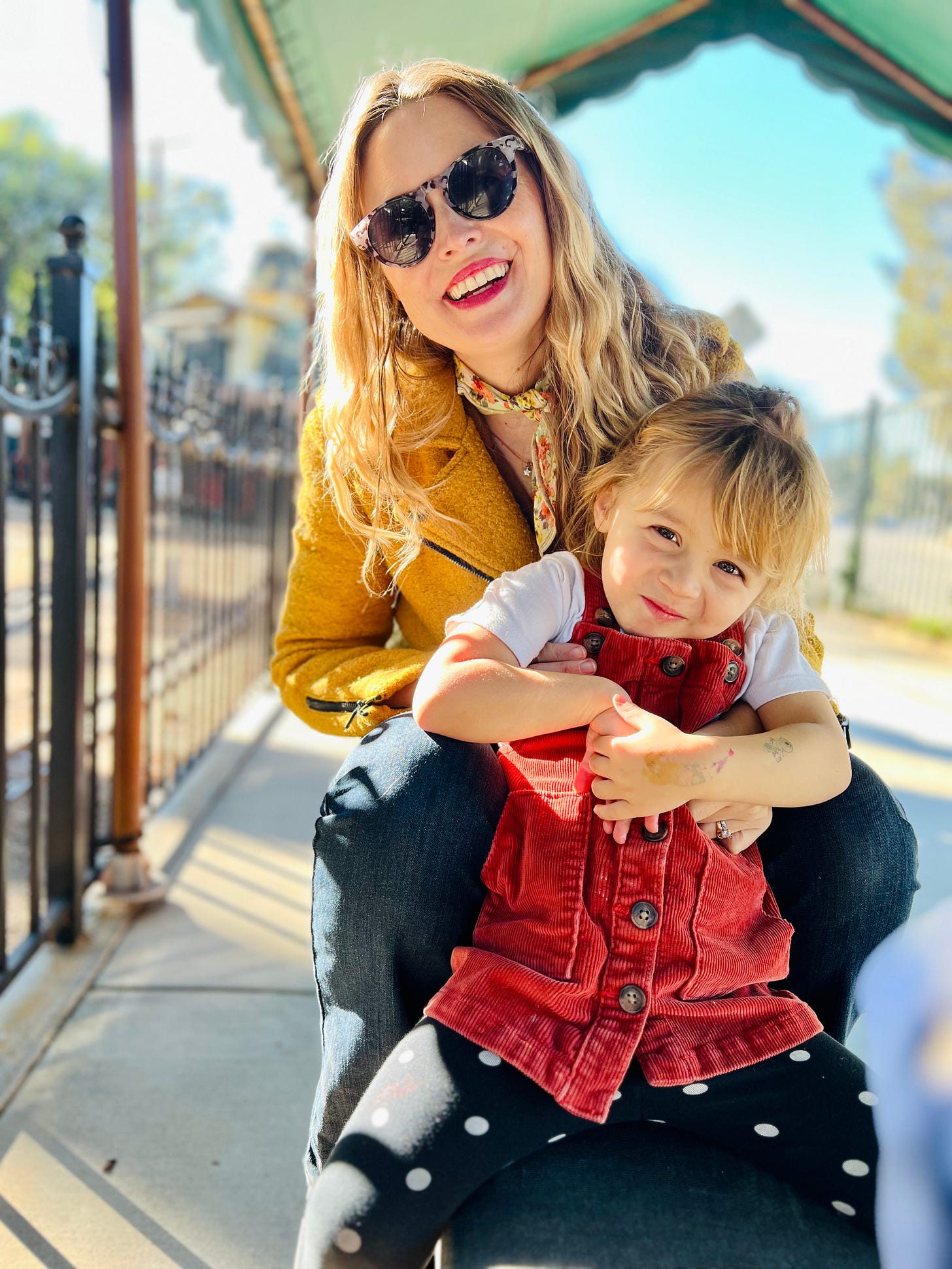
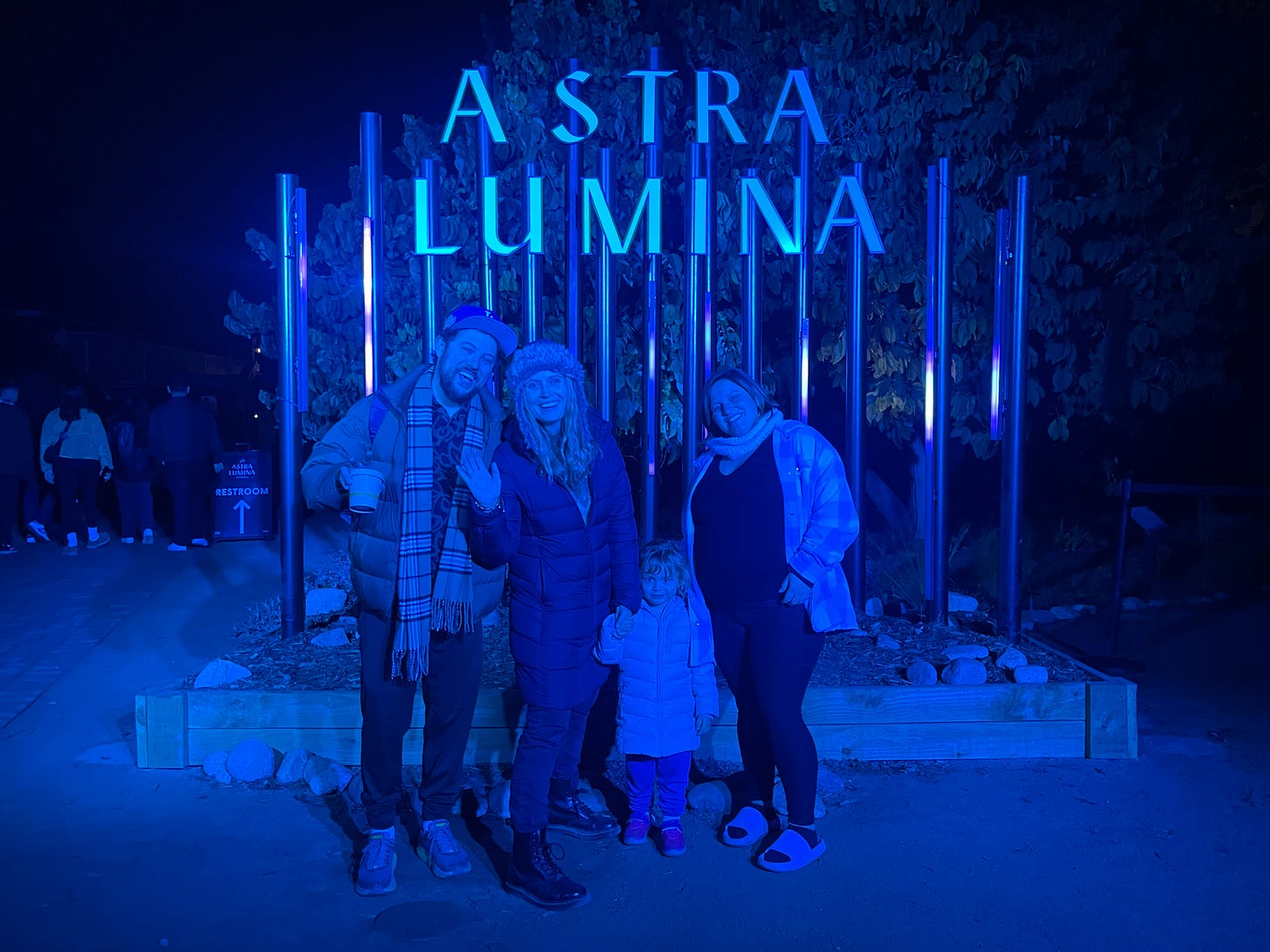
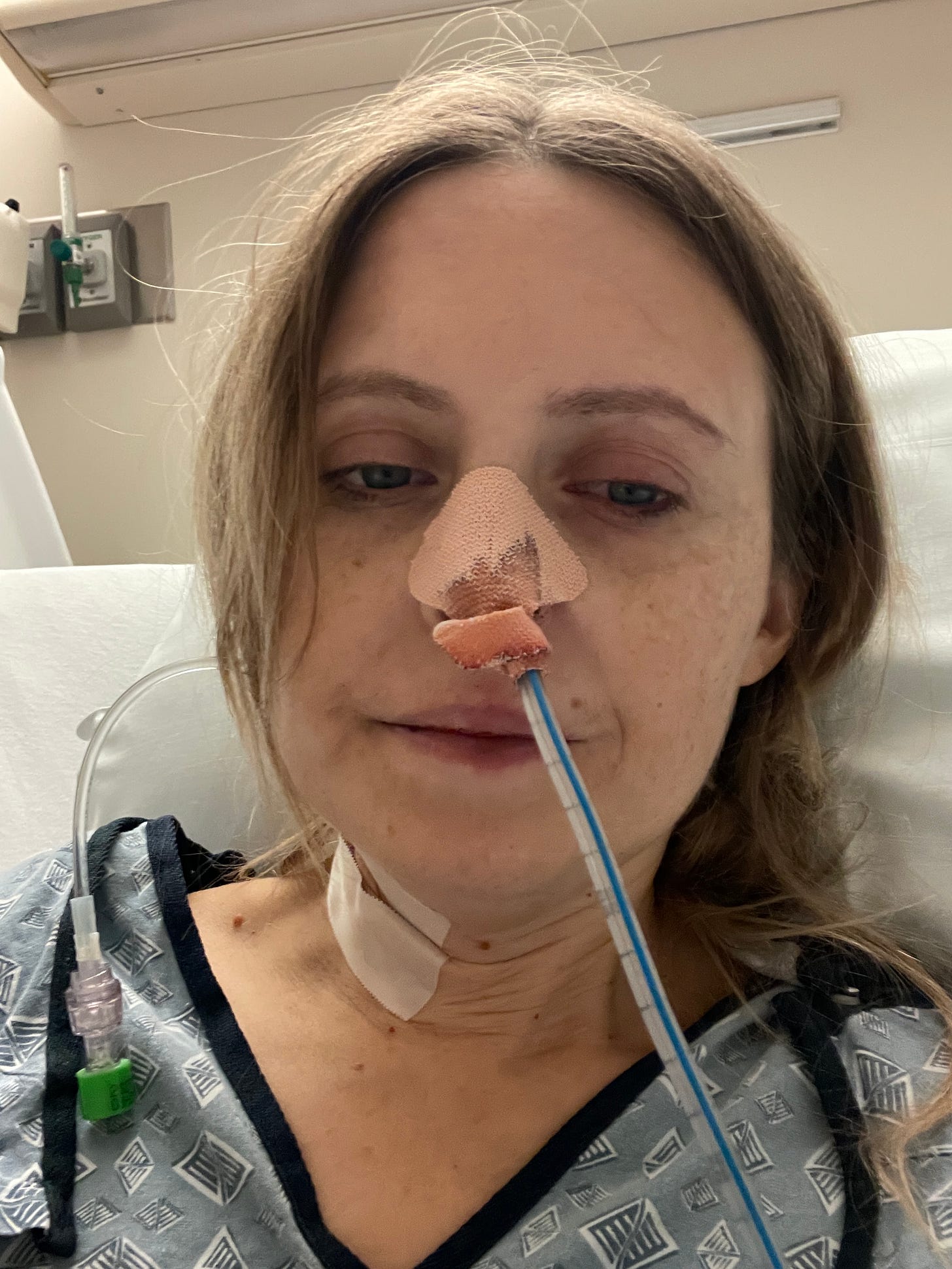
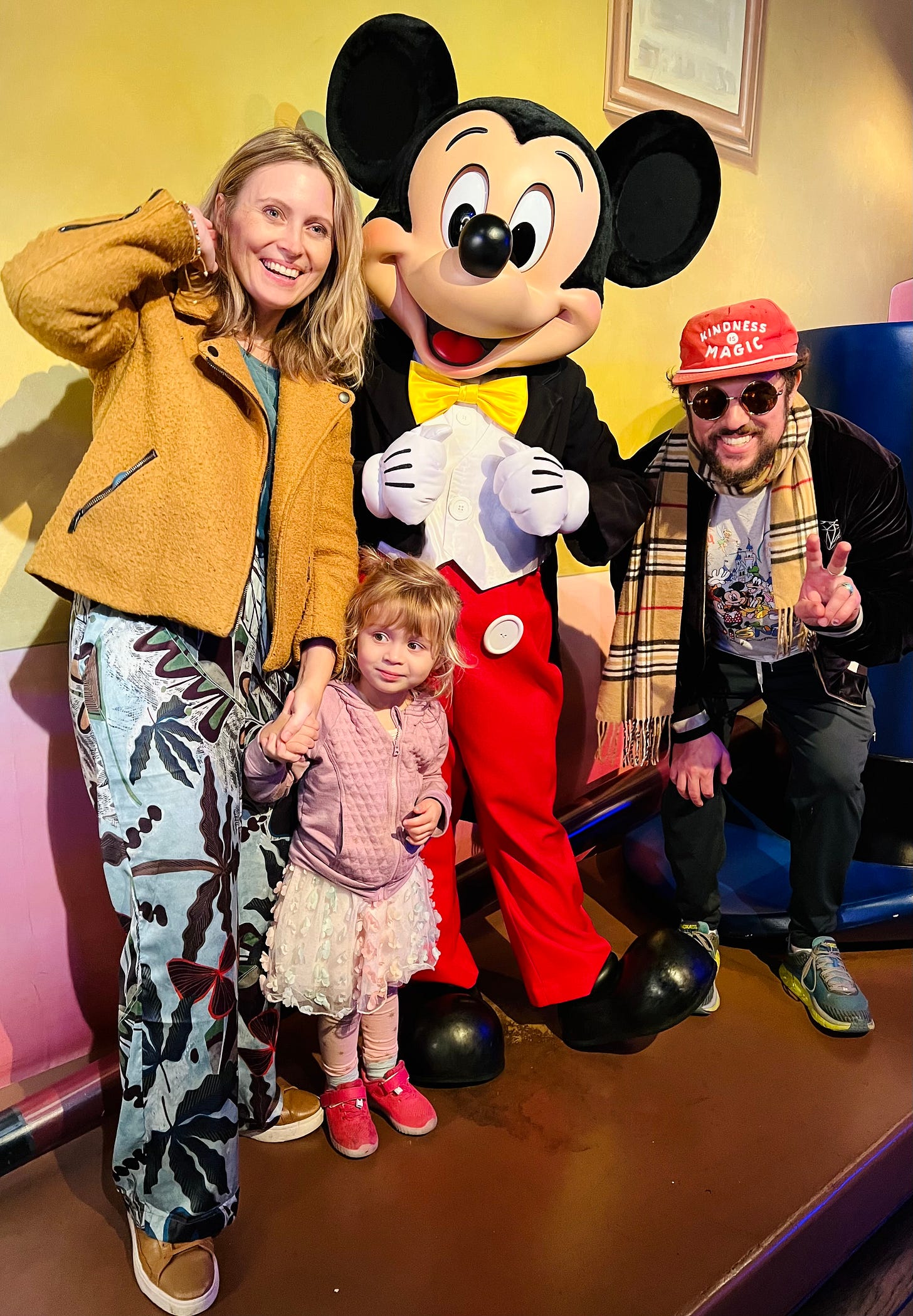
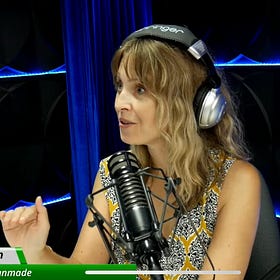
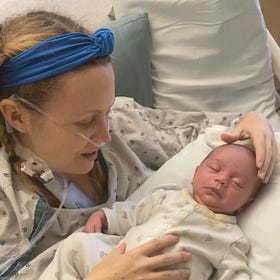
What a fascinating,important perspective. Silent heroes, it's good to remember what's going on. Thanks for this.
Hi, Taylor! Thanks for sharing this. You write well about your brave journey.